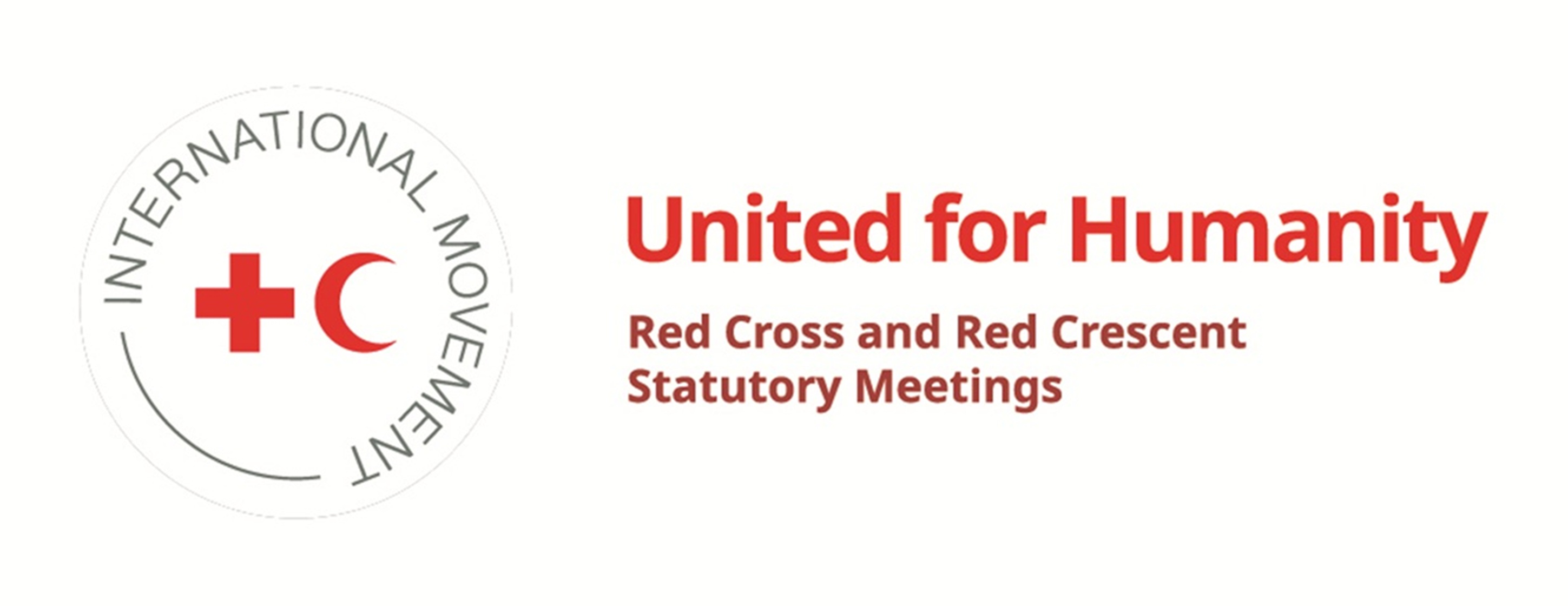Has your State/National Society/Institution incorporated the commitments contained in this resolution into the relevant strategic or operational plans?
YesThe commitments are incorporated into:
Strategy
Operational plan
At the International, National, Local level
Explanation:
CRC works with the Government of Canada, including the Canadian Armed Forces to ensure that IHL education is integrated into mandatory pre-deployment trainings. CRC also provides training and capacity building internally to its international operations teams and collaborates with Movement partners on IHL education and training initiatives.
At the national level, CRC works through partnerships to disseminate IHL, including to key stakeholders such as military, government, the academic community and youth. CRC also serves as the secretariat of the Canadian National Committee of Humanitarian Law, which works to implement, develop, and spread IHL knowledge. CRC also provides feedback and analysis to Government of Canada on necessary legislative and practical measures required at the domestic level to implement IHL.
Has your State/National Society/Institution been working with other partners to implement the commitments contained in this resolution?
YesPartner with:
Government and/or public authorities
ICRC/IFRC
Other National Red Cross or Red Crescent Societies
Humanitarian and development partners (e.g. UN, NGOs etc.)
Academia
Examples of cooperation:
-Academic partnership with post-secondary institutions to host IHL Conferences, lectures, webinars, and annual fully bilingual IHL Summer School.
-Partnerships with Departments of Education, Teachers’ Associations, and School Boards to deliver IHL and Humanitarian Education trainings and development of resources.
-Government partnerships: Canadian Red Cross provided trainings to the Canadian Armed Forces. It also participated in pre-deployment training for UN Military Operations and provided lectures for various military training courses at times with ICRC. In addition, CRC provided “Intro to IHL and use of force” trainings to the Royal Canadian Mounted Police (RCMP) in partnership with ICRC.
– CRC hosts an annual workshop with the Halifax International Security Forum (HISF) Peace with Women Fellowship, comprised of senior, active-duty, female military officers from NATO member and partner countries.
-Movement partnerships: CRC collaborates with IFRC, ICRC and NSs on IHL implementation activities, including integrating IHL education into webinars, IMPACT trainings, Movement working groups. It is also active on Movement advocacy initiatives and forums.
-Humanitarian and development partners: CRC regularly engages with civil society organisations through fora such as the Canadian Women, Peace and Security Network, the Canadian Council on International Law, and international humanitarian and development organisations on IHL and related issues.
Have you encountered any challenges in implementing the commitments contained in this resolution?
YesWith challenges on:
Human resources
Funding constraints
Other
Details about challenges:
-The COVID-19 pandemic, resulted in the cancellation or postponing of several in-person training and education activities. Efforts were made to continue regular program offerings by moving the majority of IHL implementation activities online.
-A surge in complex humanitarian crises around the world led to increased demands on the IHL team to provide support to internal CRC teams and Movement partners as well as domestic and international stakeholders.
Have the commitments contained in this resolution had an impact on the work and direction of your State/National Society/Institution?
YesType of Impact:
Cooperation between Government/public authorities and National Society has been strengthened
Innovative tools/methodologies have been developed and are utilized
Training and capacity of staff and volunteers has increased (for National Societies)
Details about the impact:
– Ongoing cooperation with the Government of Canada has allowed CRC to contribute feedback and analysis of domestic implementation of IHL. Continued cooperation on training of military and other stakeholders on IHL and fundamental principles.
-Not as a result of the resolution but resources and events for students and teachers on IHL were developed and introduced into classrooms across Canada (Forced to Fight Online Resource for Youth, Humanitarian Education Guidebook), increasing youth awareness about IHL. Other innovative methodologies include using social media, video reels, online quizzes, infographics, and electronic newsletters to disseminate awareness about IHL.
-Training and capacity of staff and volunteers at CRC has been maintained with regular activities, including internal information sessions, lunch and learns, IHL presentations at team meetings, briefing notes and research for relevant international teams.
Have the commitments contained in this resolution had an impact on the communities that your State/National Society/Institution serves?
YesDescription of the impact:
Through CRC’s IHL education program, information, and awareness about IHL was shared in communities across Canada, at law schools and other academic institutions; through secondary school educator training; through youth engagement; social media; civil society organisations; and other stakeholders. This has led to an increase in the understanding of IHL and other humanitarian principles amongst youth and other key stakeholders.



